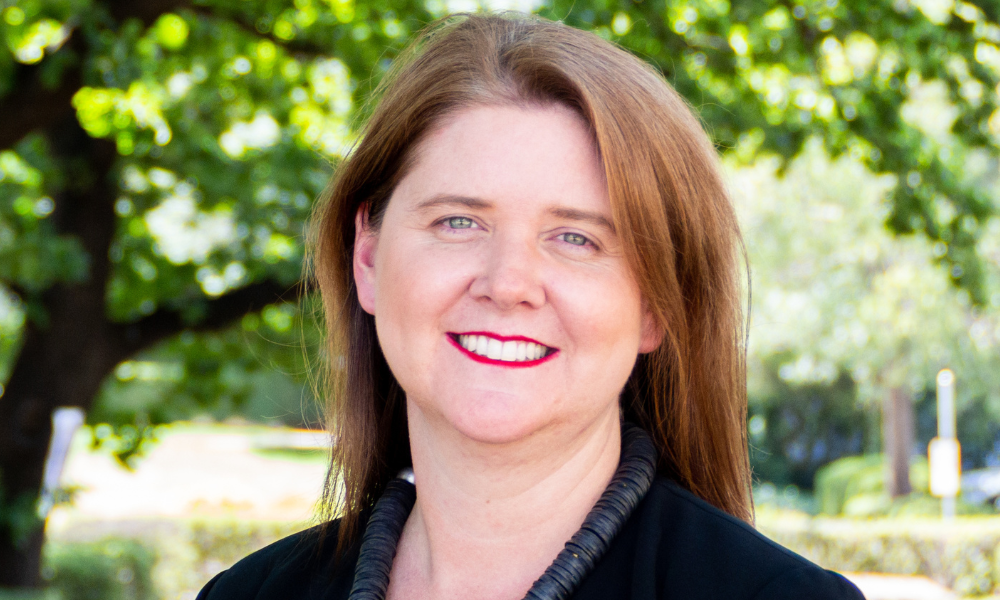New report finds two in five city dwellers are looking to make a regional move

The number of Australians considering a move from capital cities to regional areas has doubled in the past 18 months, intensifying concerns over regional infrastructure and housing pressures.
According to a nationwide survey commissioned by the Regional Australia Institute (RAI), 40% of city residents are now contemplating a move to the regions, up from 20% in May 2023.
RAI chief executive Liz Ritchie (pictured above) said the findings highlight the urgent need for policymakers, industry, and regional leaders to act.
“Demand for regional living has never been higher, but as a nation, we are not keeping pace with delivering the fundamental building blocks needed to rebalance the nation,” Ritchie said.
The report coincides with the release of the RAI’s Year 2 Progress Report on the Regionalisation Ambition, a 10-year plan to foster economic growth and inclusion in regional areas. However, the report notes setbacks in key areas over the past year.
Regional rental vacancy rates have fallen further, dropping to 1.3% in 2024 from 1.5% in 2023. Regional building approvals have declined by 9.4% from May 2023 to May 2024. Student school attainment rates in regional areas have dropped to 67.3% in 2022, down from 71.4% in 2021. The percentage of migrants settling in regional areas fell to 16.5% in 2022/23 from 18.6% in 2021/22.
“Many regions are already struggling with housing, particularly rental markets, and until region-specific policy measures are put in place, this will only be further magnified,” Ritchie said.
Pressure builds in regional hotspots
In Far North Queensland, the population has grown by 5.2% over five years, putting significant pressure on housing supply, according to Advance Cairns chief executive Jacinta Reddan.
“Over the past year, growth in the Cairns region accelerated to 1.8%. If this trend continues, the population could surpass 280,000 by 2026 – far exceeding current government projections,” Reddan said.
She noted that Cairns’ rental market remains under strain, with vacancy rates below 1% for 40 out of the past 50 months.
“Housing demand from new residents, coupled with ongoing regional development needs, requires swift action from policymakers to ensure the region has the resources and infrastructure to support this population shift,” Reddan said.
Migration and workforce challenges
The report highlights a pressing need for skilled workers in regional Australia, with nearly 76,000 job vacancies currently unfilled. However, fewer migrants are settling in regional areas, exacerbating labour shortages.
“We know migrants can help fill these roles. However, fewer overseas arrivals are ending up in our regional communities, and that needs to change,” Ritchie said.
The report also flagged concerns over widening education gaps, with fewer regional students achieving higher school attainment levels.
“The jobs of the future will require more post-school qualifications, and this is deeply concerning,” Ritchie said.
Progress amid challenges
Despite setbacks, the RAI report found positive trends in other areas. It noted a drop in regional recruitment difficulty, down to 63% in 2023 from 69% in 2022. The number of medical practitioners in regional areas has increased, rising to 353 full-time equivalents per 100,000 people in 2023, up from 334 in 2021. Additionally, the share of regional residents aged 15–39 rose to 30% in 2023 from 29.8% in 2021.
“These improvements should be celebrated, but without continued progress on housing, education, and migration, governments will struggle to keep up,” Ritchie said.
Calls for long-term planning
Ritchie acknowledged recent federal initiatives, including the Housing Australia Future Fund and the Regional Migration Settings Review, but stressed the need for a coordinated, long-term plan for regional Australia.
“The foundations for change are being laid, but now we must build the structures to deliver,” she said.
RAI is advocating for a place-based decision-making model that would give regions more control over how government funding is spent. Ritchie also called for regional communities to have a greater voice in the nation’s net-zero transition, ensuring sustainable development benefits flow back to the regions.
“With the right strategies, regional Australia can thrive, but the time to act is now,” Ritchie said.
Want to be regularly updated with mortgage news and features? Get exclusive interviews, breaking news, and industry events in your inbox – subscribe to our FREE daily newsletter. You can also follow us on Facebook, X (formerly Twitter), and LinkedIn.



